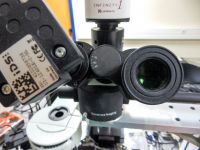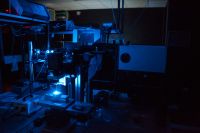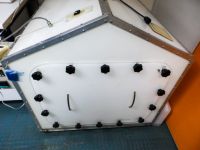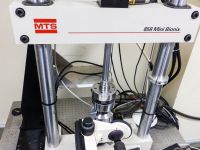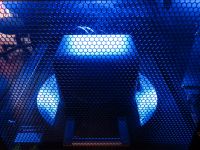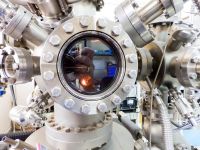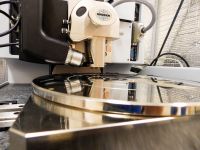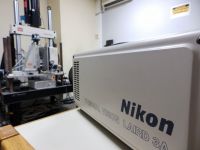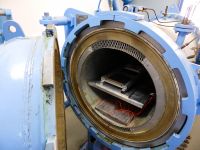CVD synthesis of graphene
Chemical vapor deposition (CVD) is a technique used to produce thin films of materials. In CVD process, a substrate is heated to high temperature and exposed to precursor gases, which react or decompose on the substrate surface to form a coating of the required material. More specifically, CVD synthesis of materials consists of three steps: Firstly, an appropriate substrate is heated to the growth temperature, while certain gases are flowing to remove any impurities on substrate surface. Then precursor gases are introduced into the reaction chamber and by suitable conditions of pressure, temperature, etc., a coating of the desired material is formed on substrate. Growth continues until precursor gases flow is terminated and finally, on the last step, chamber is cooled down to room temperature.

